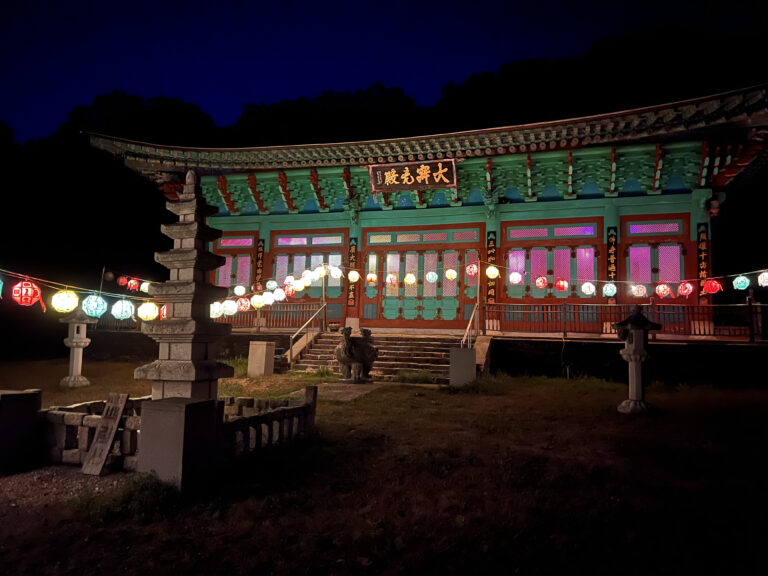Korea, a nation known for its rich cultural heritage, boasts a variety of vibrant traditions and festivals throughout the year. Among these, Chuseok(추석) stands out as one of the most significant and beloved holidays. Often referred to as “korean Thanksgiving”, Chuseok holds a special place in the hearts of Koreans as it represents a time for gratitude, family reunions, and honoring ancestors. In this blog post, we will explore the meaning, history, and customs associated with this cherished holiday.

The Meaning of Chuseok
Chuseok, also known as Hangawi (한가위), is a major harvest festival celebrated on the 15th day of the 8th month of the lunar calendar. Falling in late September or early October, it is a time to give thanks for the bountiful harvest and offer respect to one’s ancestors. The name “Chuseok” itself is a compound word: “chu” means autumn, and “seok” refers to a season’s end. Essentially, Chuseok marks the end of the harvest season and the beginning of autumn.
Historical Roots
Chuseok has a long and storied history dating back over two millennia. Its origins can be traced to Gabae, a weaving contest during the Shilla Kingdom period. Over time, Chuseok evolved into a more agrarian celebration, focusing on giving thanks for a successful harvest. Today, it is deeply rooted in Korean culture, reflecting the nation’s agricultural heritage.
Chuseok Customs and Traditions
- Charye (차례): Ancestral Memorial Rite – One of the most important Chuseok customs is the Charye, where families gather to pay respects to their ancestors. A table is adorned with ritual foods and fruits, and family members bow as a sign of reverence.

-
Songpyeon (송편): Traditional Rice Cakes – Songpyeon are delicious rice cakes shaped into small, crescent-moon-like forms. Families come together to make these treats, emphasizing the importance of togetherness.

-
Seongmyo (성묘): Visiting Ancestral Graves – Many Koreans visit the graves of their ancestors during Chuseok, performing rituals and cleaning the burial sites. This practice ensures that the spirits of the departed are well cared for.

-
Hanbok (한복): Traditional Attire – Wearing colorful Hanbok is a Chuseok tradition. Families often dress in these traditional garments as a symbol of respect for the holiday.

-
Ganggangsullae (강강술래): Folk Dance – In some regions, a traditional circle dance called Ganggangsullae is performed under the bright Chuseok moonlight.

-
Gift-Giving – Exchanging gifts during Chuseok is a way to express gratitude and affection. Common gifts include fruit, traditional Korean liquor (such as Soju or Makgeolli), and household items.
Conclusion
Chuseok is a time for Koreans to come together, express gratitude for the harvest, and honor their ancestors. It is a holiday deeply rooted in tradition, yet it continues to evolve, blending ancient customs with modern celebrations. As a visitor or someone interested in Korean culture, experiencing Chuseok can provide valuable insights into the nation’s history, values, and sense of community. So, if you ever find yourself in Korea during Chuseok, don’t miss the opportunity to join in the festivities and share in the warmth of this beloved holiday. Chuseok is a time when the heart of Korea truly shines.

